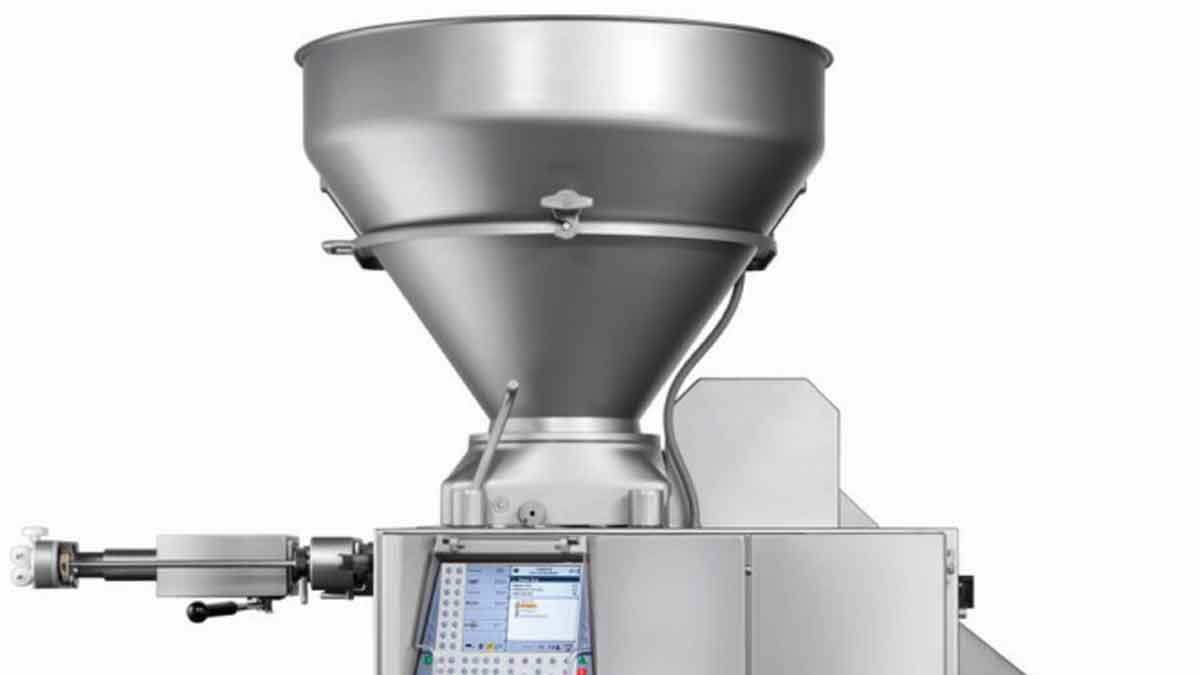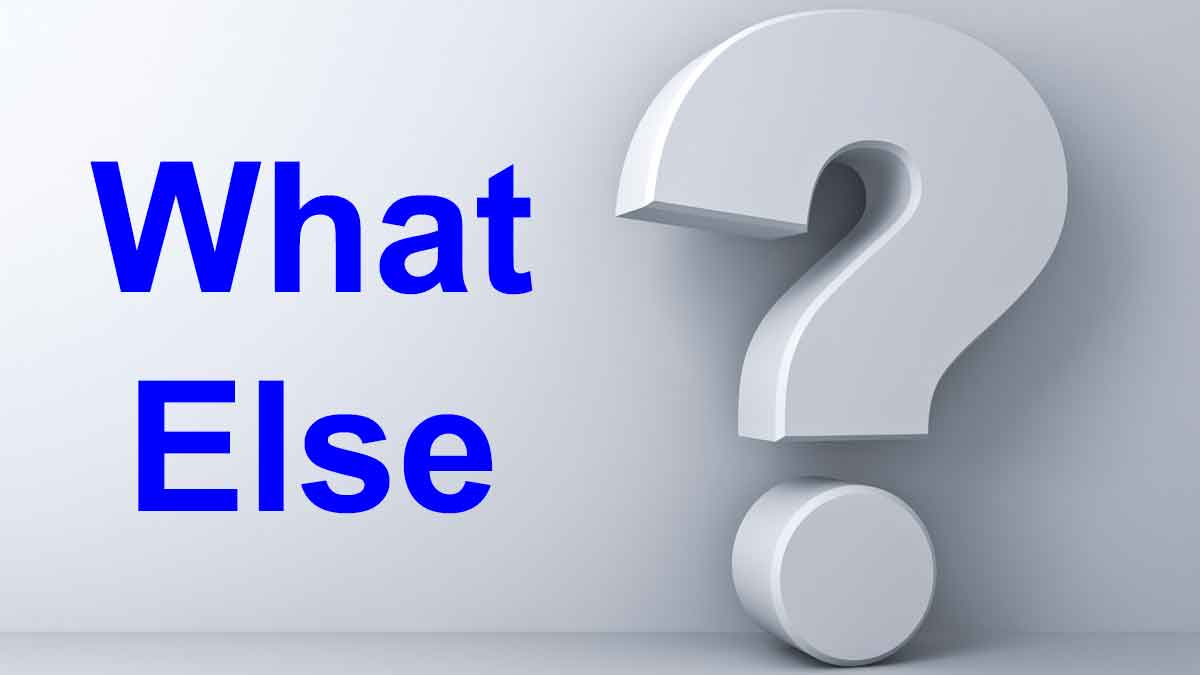Most financial business reviews are like standing around the output die, exhorting the extruder to do better. But nobody’s checking the feed hopper. It looks like an intelligent meeting, discussing gross margins, price increases and growth rates. But these were predetermined years earlier, largely by your new products, what you put into the feed hopper.
More in 2-minute video at 10. Extend your time horizon
Lean Startup is a powerful approach for quickly testing assumptions and minimum viable products. But B2B customers can articulate their needs in amazing detail—if you know how to ask. If you start with your ideas, instead of diverging to all customer outcomes, you may be converging prematurely and limiting your possibilities.
More in white paper, www.leanstartupforb2b.com (page 2)
Most B2B suppliers work too hard during interviews: Would you like this?… How about this?… Would this help? Better to probe a customer problem or desire to full comprehension, and then simply ask “What else?” This allows them to lead you to whatever they think is important. This is a customer-led interview. You should try it.
More 2-minute video at 26. Build your interviewing skills
Great value propositions begin and end with customer outcomes. It’s like collecting specimens, sliding them under your microscope, and continuing to turn up the magnification. The careful researcher doesn’t have to agonize over the right value proposition. It comes into increasing focus, waving its arms and screaming to be addressed.
More in white paper, www.b2btimingiseverything.com (page 9)
You can ask for pricing decisions using a survey, e.g. Van Westendorp. But it’s hard to get a straight answer in concentrated B2B markets: They know they’ll be negotiating prices later. Better to understand the customer’s world so well you can create a value calculator… to model their pricing decision-making. You’ll have longer-lasting insights vs. a one-time survey.
The cathedral-builder has counted the cost in years and is willing to pay it to create something of enduring value. He recruits and apprentices the finest stone masons and wood carvers he can find. Because these craftsmen know the passion of the builder, they are secure in their employment, and they work with pride. Do you have such builders?
More in 2-minute video at 3. Be a business builder
If you were gathering customer insights about belts, would you rather interview someone using a belt to convey iron ore… or to hold up their pants? B2B customers can usually provide more insight than end-consumers due to greater knowledge, interest, objectivity and foresight. But these advantages are no advantage unless you use a B2B-optimized approach.
More in 2-minute video at 14. Understand your B2B advantages







